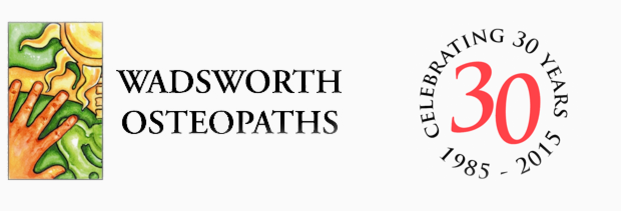So what is Arthritis and Rheumatism?
Arthritis is a joint disorder, characterised by inflammation of one or more joints in the body. There are many different types of arthritis, the most commonly known, is osteoarthritis.
Osteoarthritis - the facts:
• More than 8 million people in the UK are affected by osteoarthritis
• The spine is the most common site of osteoarthritis (known as spondylosis)
• Approximately 160,000 hip and knee replacement operations are performed in England and Wales every year
• The average cost of a hip replacement operation is £7,350
What is osteoarthritis?
As these figures suggest, a significant number of our patients come to see us because of pain caused by osteoarthritis. However, people are often unclear about what it exactly is. Many people are scared that they have ‘crumbling bones’ or that their ‘discs are wearing away’. In fact, osteoarthritis is a normal process which happens as we all age and may be viewed as ‘wear and tear’ of the joints. The space between the bones in a joint becomes smaller and the cartilage gradually thins, exposing the bone beneath. Excess bony growth occurs along the margins of the joint, which can cause pain and restriction. Certain factors increase a person’s risk of developing arthritis in a particular joint, such as an injury to that joint or a family history of arthritis.


What are the symptoms?
The most common symptoms of osteoarthritis are pain in the joint and restricted movement and function of that joint. For example, people suffering hip or knee arthritis may feel pain during or after walking, and may have difficulty putting shoes and socks on. However at rest, when the joint isn’t being asked to move and there is no weight going through it, the pain often eases. The joint may become enlarged or swollen due to the excess bony growth, and may feel slightly warmer than other joints. A crackling noise or sensation of grinding may also be experienced when moving the joint.
How is it diagnosed?
Medically, arthritis can often be diagnosed based on clinical examination and symptoms and is confirmed by x-ray.
Osteopaths use palpation (a highly specialised sense of touch) to examine joints and soft tissues. We also ask patients to perform certain movements and assess the range of these movements of joints to form a diagnosis.
How can osteopathy help?
Whilst there is no cure for osteoarthritis, osteopathy can be extremely successful in alleviating pain and improving the range of movement of the affected joints. This allows patients to be able to perform day to day tasks, such as getting dressed, cleaning, gardening and walking, more easily and with less pain. Regular ‘maintenance’ treatment can also be beneficial in delaying the need for joint replacement surgery and ensures that the body is in tip top condition to be able to recover successfully if/when the time comes to have the surgery.


